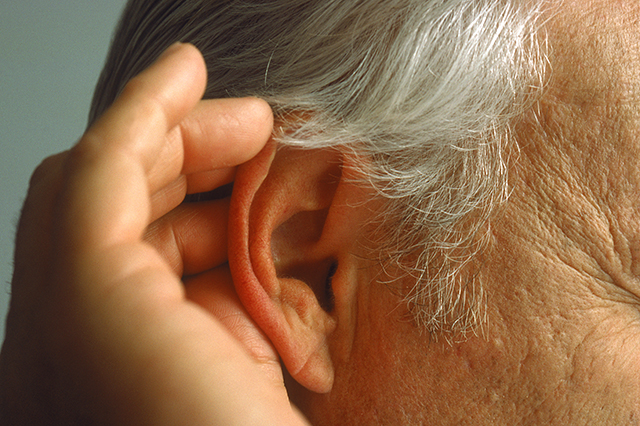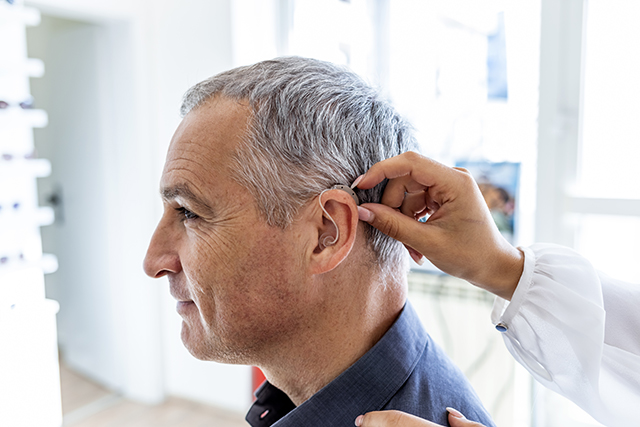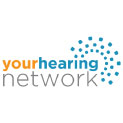Hearing loss is commonly associated with the aging process, but today’s hearing aids address the condition with more comfort and effectiveness, eliminating many of the long-standing barriers to wearing them.
About 28.8 million adults could benefit from the use of hearing aids but many are reluctant. Stigma and embarrassment rank among the chief reasons for not wanting to wear them, with cost and lack of insurance factoring in heavily as well.
With research associating hearing loss with depression and dementia, plus a host of other serious illnesses, it’s important to revisit assumptions about the devices that address this common condition.
Even those who wear hearing aids but have not upgraded in a while may benefit from a visit to the audiologist. Older devices may have made sound louder, but newer models make sound clearer across listening situations and offer settings that help reduce background noise, a common complaint among hearing aid users.
Hearing aids of the past may have seemed cumbersome in terms of size and financial investment, but newer and more effective technologies have increased performance and satisfaction.
Artificial Intelligence for Natural and Dynamic Sound
From unlocking a phone with biometrics to searching online for the best local restaurant, artificial intelligence abounds in everyday life. In the case of hearing aids, it helps to create more natural sound, adapting to variables in the world as you navigate through it.
Far from the basic form of AI used in older hearing aids, newer applications allow hearing aids to mimic the way your brain would hear sound if you didn’t have impaired hearing to create a more dynamic experience.
Introduced in 2021, Oticon More™ is one of the models using deep neural network technology to respond the way a wearer’s brain would in a listening situation so that it can adapt to a person’s individual needs. The result is more balanced sound and an improved experience.
Working with an audiologist who understands the way various brands are making use of AI technology is helpful when making a new purchase. The complex technology continues to evolve and promises to offer new advances over time, which makes it important to stay in contact with a trusted professional and stick to a hearing exam schedule. Beginning at age 50, exams are recommended every 3 years if results are normal. If hearing issues are detected, an exam should be performed every year.
Speech Clarity Features
With the application of AI, hearing aids offer better speech clarity, one of the areas in which people with hearing loss experience the most difficulty. Amplifying speech alone does not solve the issue. While a person may be able to tell that someone is speaking, they may not understand what is being said.
Rather than simply make speech louder, smarter devices help make it clearer with features such as spatial configurators, narrow directionality and echo adjustments. Through automated processing, they make changes to give the clearest output possible.
By maximizing the understanding of speech, newer hearing aids have a significant impact on communication in both social settings and work environments where missed information may reduce job performance.
Background Noise Reduction
Trying to follow a conversation in a noisy room is a challenge even without hearing loss. In conjunction with enhanced speech clarity, reduced background noise makes for an even better listening experience and contributes to more enjoyable social activities. When this noise is filtered out automatically, it’s easier to spend time in crowded restaurants and join in the festivity.
Without the use of hearing aids, many people with impaired hearing begin to opt out of social situations due to anxiety and feelings of discomfort. Since studies link hearing loss to depression, complex algorithms that help optimize sound are just one of the ways newer hearing aids address the complex issues associated with hearing loss.

Rechargeable Batteries
If a hearing aid is out of power, a wearer certainly won’t find it useful. Most recent models have built-in rechargeable batteries that offer a full day of hearing and can be conveniently stored on the charger at night.
In contrast, models that use disposable batteries need replacements every five to ten days. Despite the best intentions to have spare batteries always on hand, it’s easy to forget and need to make a last-minute trip to the store. Without a working device, a person with hearing loss may not feel as comfortable or safe running that errand.
Bluetooth Connectivity
Today’s hearing aids function like a pair of wireless earbuds for your smartphone, laptop and any other device with Bluetooth, which may even include the television. This means that favorite music and videos can be streamed directly to your ears, offering an optimal sound experience.
The phone itself becomes a remote control that can be used to adjust hearing aids via an app, offering an efficient way to customize listening and one that is more comfortable for someone with arthritis or any manual dexterity issues. Even if your phone is in another room, many hearing aids make it possible to engage in a hands-free phone call.
Enhanced Aesthetics
With modern features and a smaller design, hearing aids have come a long way from the predecessors. While there should be no shame surrounding hearing loss, aesthetic improvements do lead to greater adherence. And when the devices are worn regularly, it has a positive impact on both mental and physical health.
When it’s time for your next hearing exam, ask about the benefits of today’s smarter and more effective models.
Learn more about hearing loss solutions.


















